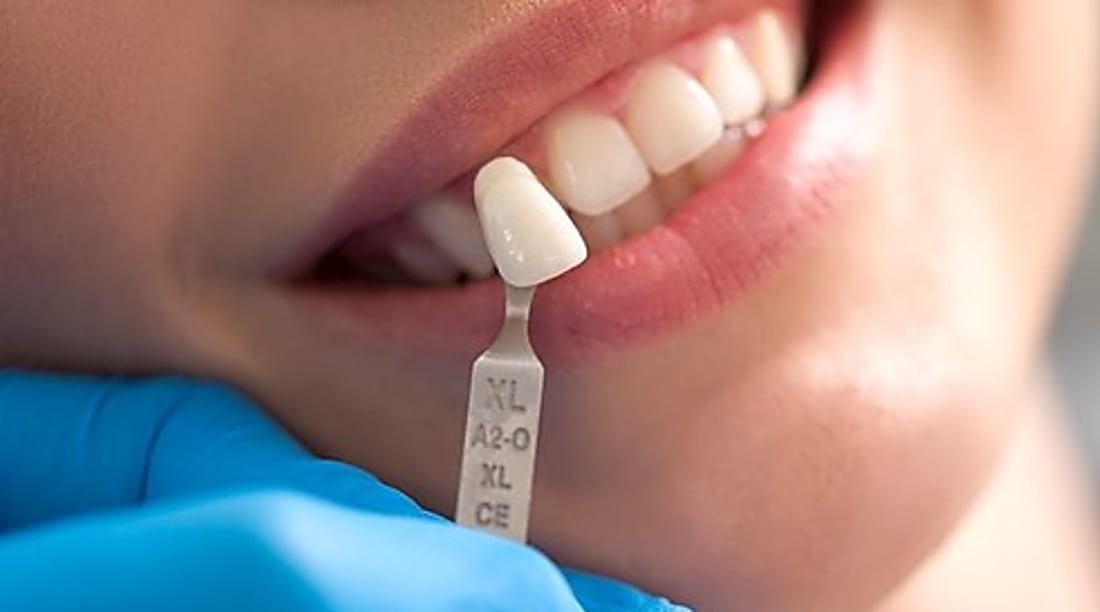Practical Teeth Care: Daily Habits and Professional Guidance
Good oral care blends daily routines, occasional professional visits, and informed choices about products and treatments. Caring for teeth supports chewing, speech, and overall wellbeing, and helps maintain a confident smile. This article outlines practical steps you can apply at home, explains when a dentist should be consulted, and describes common dental care approaches used to protect tooth enamel and gum health.

This article is for informational purposes only and should not be considered medical advice. Please consult a qualified healthcare professional for personalized guidance and treatment.
How can a dentist support daily teeth care?
A dentist is a partner in preventive care, not only a problem-solver. Regular dental checkups let a trained professional assess enamel wear, tooth decay, gum inflammation, and bite issues that are hard to detect at home. Dentists also provide professional cleanings that remove plaque and tartar buildup in areas your toothbrush and floss may miss. During visits you can get tailored advice about brushing technique, fluoride use, and product choices based on your oral health, dietary habits, and any medical conditions that affect your teeth or gums.
What daily habits protect your tooth and enamel?
Daily habits are the foundation of dental care. Brushing twice a day with fluoride toothpaste and a soft-bristled brush helps remove plaque while minimizing enamel abrasion. Flossing once daily reaches the tight spaces between teeth where cavities often start. Limiting sugary and acidic foods and rinsing with water after meals reduces acid exposure that weakens tooth enamel. Hydration and chewing sugar-free gum after meals can stimulate saliva, which neutralizes acids and supports remineralization. Consistency matters: small, regular habits prevent many common dental problems.
How does dental care influence your smile?
Dental care affects both the health and appearance of your smile. Healthy gums frame the teeth and improve the visual effect of a smile, while untreated decay or broken teeth can change its shape and color. Routine preventive care—cleanings, fluoride treatments, and sealants for those at higher risk—helps maintain a uniform appearance by preventing staining and structural damage. Cosmetic-focused dental care, such as whitening or restorative procedures, can also be discussed with a dentist after ensuring underlying tooth and gum health are sound.
When should you seek a dentist for tooth problems?
Seek professional care when symptoms suggest more than routine maintenance can handle. Persistent tooth pain, sensitivity to hot or cold, swelling, bleeding gums, loose teeth, or any visible changes in a tooth’s color or shape merit prompt evaluation. Early intervention for decay or gum disease often means less invasive treatment. If you experience dental trauma, such as a chipped or knocked-out tooth, contact a dentist promptly for assessment. Even if symptoms seem minor, a dental visit can prevent progression to more complex issues.
What treatments help maintain healthy teeth?
Common dental care treatments focus on prevention and straightforward restorations. Professional cleanings and periodontal care manage plaque and gum health. Fluoride applications and dental sealants are preventive measures that reduce the risk of cavities, especially in children and vulnerable adults. For damaged or decayed teeth, fillings, inlays, crowns, or root canal therapy restore structure and function. Orthodontic treatments can correct bite issues that complicate cleaning and increase wear. A dentist can explain which treatments align with your oral health goals and long-term maintenance.
Conclusion
Consistent daily care, informed product choices, and regular dental visits form the core of effective teeth care. Understanding when to consult a dentist and which preventive measures to use helps protect tooth structure, maintain gum health, and preserve a natural smile. Building sustainable habits and following professional guidance reduces the likelihood of invasive procedures and supports long-term oral wellbeing.






